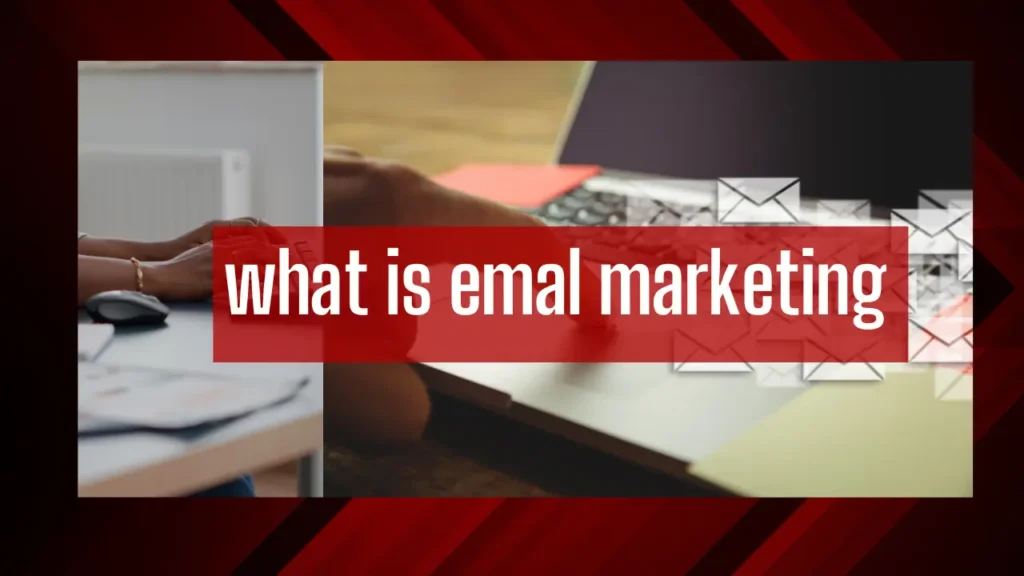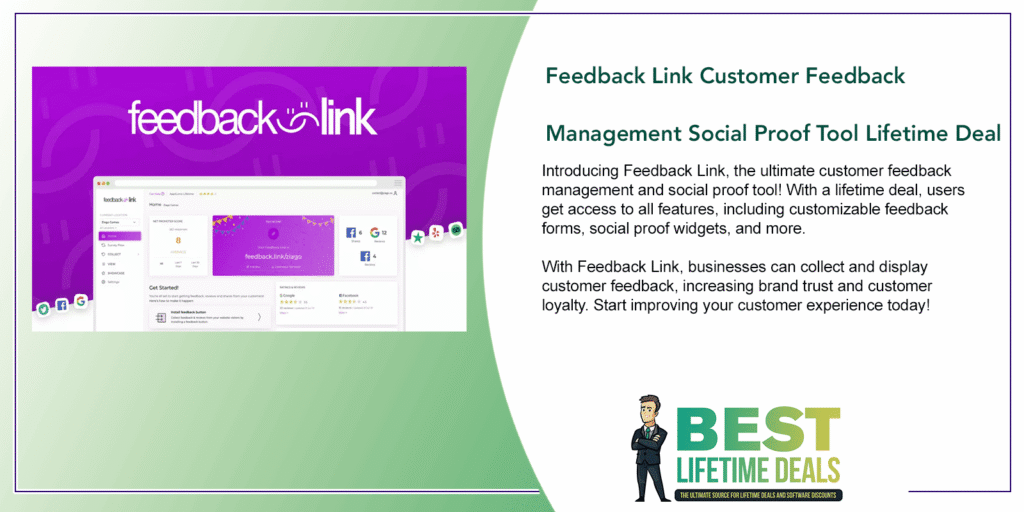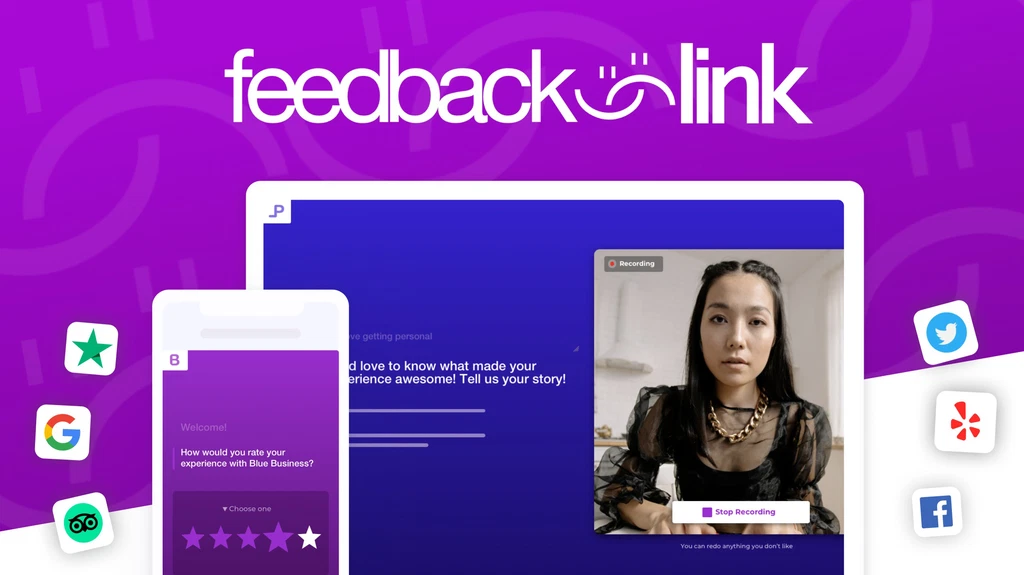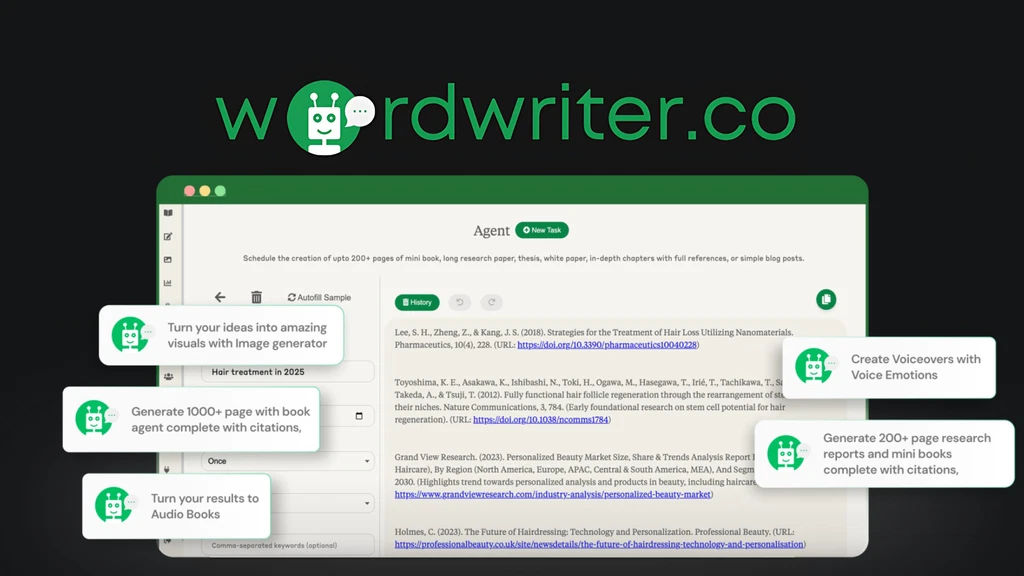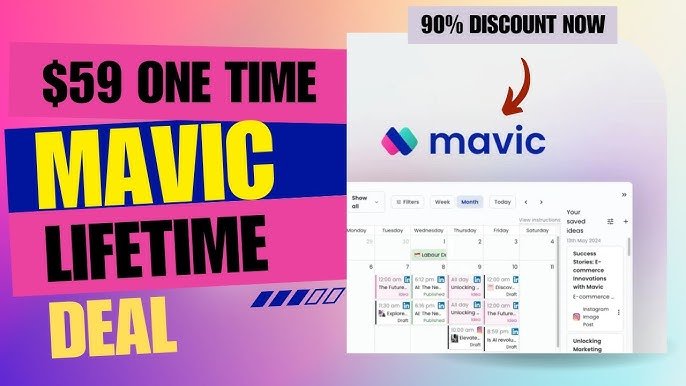Email marketing is a way to reach people through their inboxes. It involves sending emails to promote products or services.
But why is it important? Email marketing remains a powerful tool in digital marketing. With the rise of social media, some might think it has lost its touch. Yet, it remains effective. Businesses use it to keep customers informed and engaged.
It’s personal, direct, and offers a great return on investment. You can reach a wide audience with just one email. Plus, it’s measurable. You can track open rates, clicks, and conversions. In this blog, we’ll explore what email marketing is. We’ll also look at why it’s crucial for businesses today. Stay tuned to learn how it can benefit you.
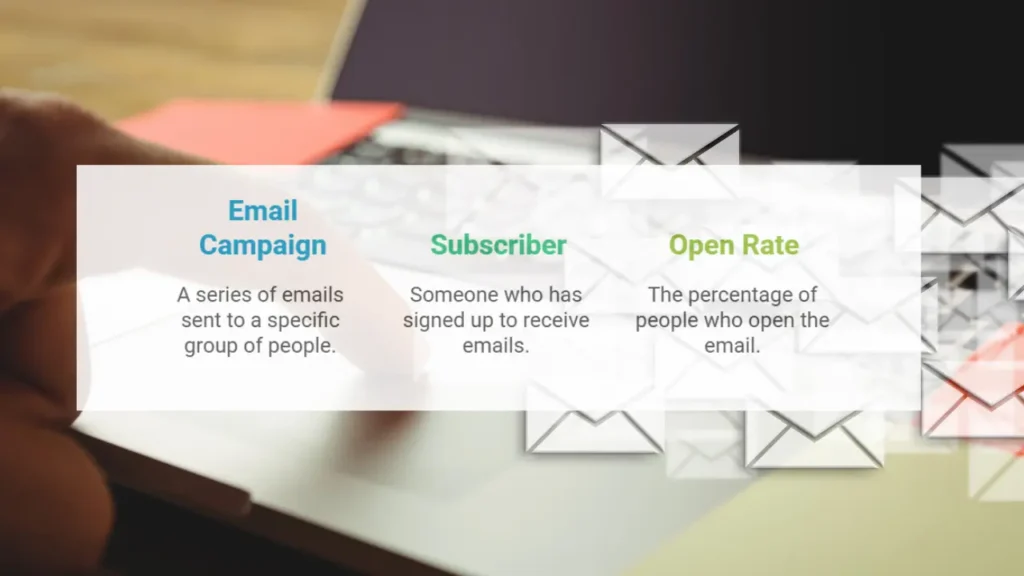
Definition
So, let’s get to the basics. Email marketing is a form of direct marketing that uses emails to communicate with potential and existing customers. Think of it as sending a letter, but through the internet. It’s a way for businesses to promote their products, share news, or simply keep in touch with their audience.
Here’s a simple table to help you grasp the concept better:
| Term | Definition |
|---|---|
| Email Campaign | A series of emails sent to a specific group of people. |
| Subscriber | Someone who has signed up to receive emails. |
| Open Rate | The percentage of people who open the email. |
History
Now, let’s take a stroll down memory lane. Email marketing has been around for quite a while. It all started in 1978 when Gary Thuerk, a marketing manager at Digital Equipment Corp, sent the first mass email to about 400 potential clients. Guess what? This one email brought in $13 million worth of sales. Talk about hitting the jackpot!
Over the years, email marketing has evolved. In the 1990s, with the advent of the internet, email became more accessible. Businesses started to see its potential. Now, with advanced tools and analytics, email marketing is more sophisticated and effective than ever.
Benefits Of Email Marketing
Email marketing is like having a direct line to your customers. Think of it as sending a friendly letter to their inbox. There are many reasons why this method is so popular among businesses. Let’s explore the benefits that make email marketing essential for any successful strategy.
Cost-effectiveness
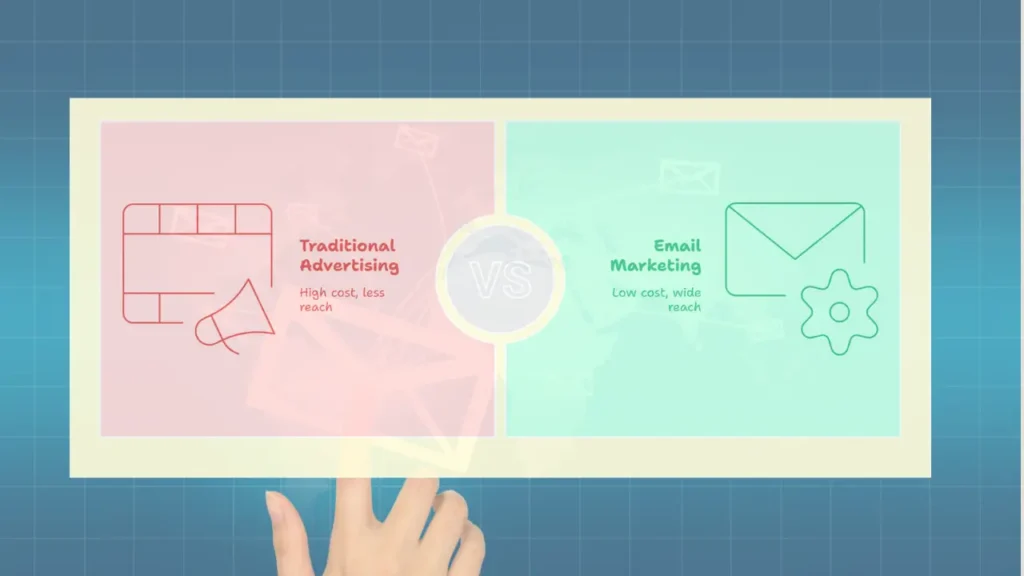
One of the biggest advantages of email marketing is its cost-effectiveness. Compared to traditional advertising methods like TV or print ads, email marketing is much cheaper. You don’t need a big budget to start. Here’s a simple comparison to illustrate this:
| Marketing Method | Cost |
|---|---|
| TV Ads | High |
| Print Ads | Moderate |
| Email Marketing | Low |
With email marketing, you can reach thousands of customers without breaking the bank. This makes it ideal for small businesses and startups.
High Roi
Return on investment (ROI) is a crucial factor for any marketing campaign. Email marketing shines in this area. Studies show that for every dollar spent on email marketing, the average return is $42. That’s a high ROI!
Why is the ROI so impressive? Here are a few reasons:
- Low initial costs
- High engagement rates
- Ability to track and measure results
These factors combine to create a powerful tool for driving sales and growing your business.
Targeted Messaging
Email marketing allows for targeted messaging. You can segment your audience based on their interests, behaviors, or demographics. This means you can send personalized content that resonates with each group.
Imagine you own a pet store. You could send different emails to dog owners and cat owners, each highlighting products that are relevant to them. This targeted approach increases the chances that your audience will engage with your content.
Here’s how targeted messaging works:
- Collect data about your customers
- Segment your email list
- Create personalized content
- Send tailored emails
By sending the right message to the right people, you build stronger relationships with your customers and boost your sales.
In conclusion, the benefits of email marketing are clear. It’s cost-effective, offers a high ROI, and allows for targeted messaging. Whether you’re a small business owner or a marketing professional, email marketing is a tool you can’t afford to ignore.
Types Of Email Marketing Campaigns
Email marketing is a powerful tool for connecting with your audience. But not all emails are created equal. Different campaigns serve different purposes, and knowing which type to use can make all the difference. Let’s dive into the main types of email marketing campaigns.
Promotional Emails
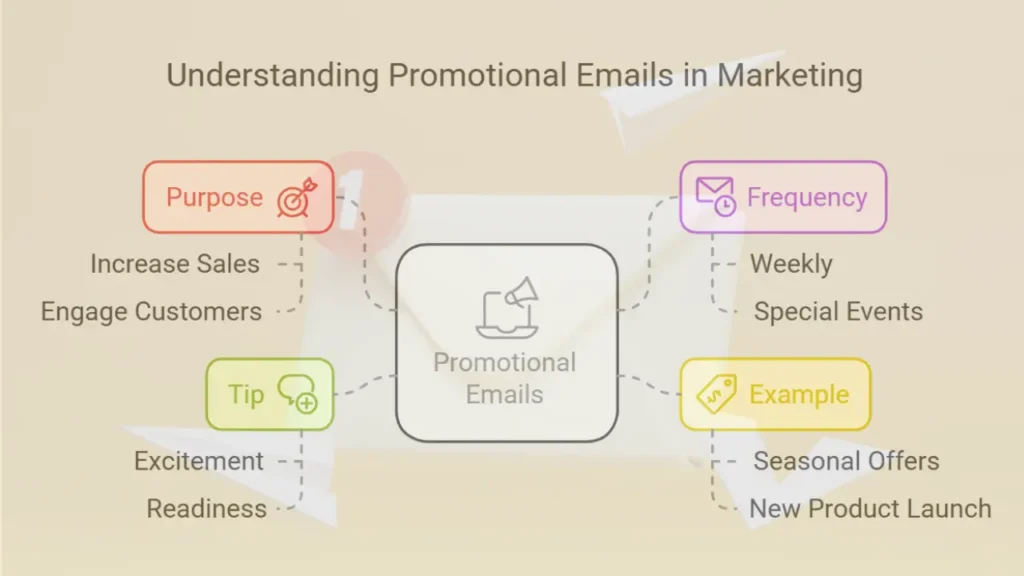
Promotional emails are like a digital megaphone for your business. These emails are sent to inform your audience about special offers, discounts, or new products. Imagine you’re walking past your favorite store and you see a big “Sale” sign – that’s what a promotional email does, but in your inbox.
- Purpose: To boost sales and drive traffic to your website.
- Frequency: Often sent weekly or during special events.
- Example: A holiday discount on your best-selling product.
Tip: Keep your message clear and include a strong call-to-action. You want readers to feel excited and ready to take advantage of your offer.
Transactional Emails
Transactional emails are the reliable workhorses of email marketing. These are automatic emails triggered by your audience’s interactions with your business. Think of them as a digital receipt or a confirmation note. They might not be flashy, but they are essential.
- Purpose: To confirm transactions and provide necessary information.
- Frequency: Sent immediately after an action, like a purchase.
- Example: Order confirmation, shipping notifications, or password resets.
Tip: Ensure these emails are timely and accurate. Your audience relies on them for important information.
Lifecycle Emails
Lifecycle emails are like a friendly guide, helping your audience through their journey with your brand. These emails are tailored to different stages of the customer lifecycle, from welcoming new subscribers to re-engaging inactive customers.
| Stage | Example |
|---|---|
| Welcome | Greeting new subscribers with a warm welcome and a special offer. |
| Engagement | Providing valuable content to keep subscribers interested. |
| Re-engagement | Sending a “We miss you” email to inactive customers. |
Tip: Personalize these emails to make your audience feel valued. A little personal touch can go a long way.
Understanding the types of email marketing campaigns can help you choose the right strategy for your goals. Whether you’re promoting a sale, confirming a purchase, or nurturing a customer relationship, there’s an email campaign for every purpose.
Credit: www.notifyvisitors.com
Building An Email List
Building an email list is like growing a garden. It takes time and care, but the rewards are worth it. With a strong email list, you can reach your audience directly. This is very valuable in the world of digital marketing. Let’s explore how to build this list effectively.
Opt-in Forms
Opt-in forms are the gateway to your email list. These forms invite visitors to subscribe to your emails. But how do you make them irresistible?
- Keep it Simple: Only ask for essential information. Usually, a name and email are enough.
- Highlight Benefits: Tell visitors what they will gain. Will they get exclusive deals, helpful tips, or exciting updates?
- Use Clear Calls-to-Action: Make the action button stand out with phrases like “Join Now” or “Get Started.”
By making your opt-in forms user-friendly, you encourage more people to subscribe.
Lead Magnets
Lead magnets are incentives you offer in exchange for email addresses. Think of them as a trade. Your audience gives their email, and you give them something valuable.
Popular lead magnets include:
| Type | Description |
|---|---|
| Ebooks | Provide in-depth information on a topic of interest. |
| Discounts | Offer a special discount on your products or services. |
| Checklists | Give a handy list of tips or steps to achieve something. |
Choosing the right lead magnet can significantly boost your email sign-ups. People love getting something in return!
Segmentation
Imagine sending the same message to everyone on your list. It wouldn’t work well, would it? That’s why segmentation is crucial. It means dividing your list into smaller groups based on specific criteria.
Here are simple ways to segment your list:
- Demographics: Age, location, or gender.
- Behavior: Purchase history or website activity.
- Preferences: Interests or past interactions.
By segmenting your list, you can tailor your messages to meet the needs of different groups. This leads to higher engagement and better results.
Building an email list is essential for successful email marketing. With effective opt-in forms, attractive lead magnets, and smart segmentation, you can create a powerful tool for reaching your audience. Ready to start growing your email list?
Creating Effective Email Content
When it comes to email marketing, creating effective email content is like crafting the perfect recipe. You need the right mix of ingredients to ensure your emails are not just opened, but also read, appreciated, and acted upon. Let’s dive into some of the crucial elements that make up effective email content, ensuring your messages hit the mark every time.
Crafting Subject Lines
Think of the subject line as the front door to your email. It’s the first thing your audience sees, and it needs to be inviting enough to make them want to step inside. Here are some tips for crafting subject lines:
- Keep it short and sweet: Aim for 50 characters or less to ensure it displays well on all devices.
- Be clear and direct: Your audience should know what to expect when they open the email.
- Use action words: Start with verbs to create a sense of urgency or excitement.
- Include numbers: Lists and statistics can grab attention quickly.
For instance, instead of saying “Our Latest Newsletter,” you might try “Top 5 Tips for Summer Savings.” See the difference?
Personalization
Nobody likes to feel like they’re just another name on a list. Personalization is key to making your audience feel special. Here’s how to add a personal touch:
- Use their name: Start your email with a friendly greeting that includes the recipient’s name.
- Segment your list: Group your audience based on their interests or past behavior to send more targeted content.
- Tailor your content: Reference previous interactions, like past purchases or website visits.
Imagine receiving an email that says, “Hi John, we noticed you enjoyed our last article on gardening. Here’s some more tips just for you!” Feels pretty nice, right?
Call To Action
Your email content should always guide the reader towards a specific action. This is where your Call to Action (CTA) comes into play. Here’s how to create compelling CTAs:
| Do | Don’t |
|---|---|
| Use clear, concise language. | Be vague or ambiguous. |
| Make it visually stand out. | Let it blend into the text. |
| Convey urgency or exclusivity. | Use passive or generic phrases. |
For example, instead of saying “Click here,” you could say “Get your free guide now!” It’s all about making it easy and enticing for your reader to take the next step.
So, there you have it. By focusing on crafting irresistible subject lines, personalizing your emails, and creating powerful calls to action, you’re well on your way to creating email content that not only engages but also drives results. Now, go on and give it a try – your audience is waiting!
Email Design Best Practices
Email marketing is a powerful tool. But to make the most of it, your emails need to be well-designed. Good design ensures your message is clear and engaging. This section will discuss email design best practices. These tips will help your emails stand out and perform better.
Responsive Design
People read emails on various devices. Your email must look good on all of them. Use responsive design. This means your email adjusts to any screen size. A mobile-friendly layout is crucial. Over half of all emails are opened on mobile devices. Test your emails on different devices. Ensure they are easy to read and navigate everywhere.
Visual Elements
Visual elements make your emails more engaging. Use images, but not too many. Balance text and images to keep the email clean. High-quality images attract attention. Use them to highlight key points. Also, include your logo. This builds brand recognition. Use a consistent color scheme. It makes your emails look professional and cohesive.
Accessibility
Accessibility is vital for email design. Make sure all readers can access your content. Use readable fonts. Avoid small text sizes. High contrast between text and background improves readability. Add alt text to images. This helps visually impaired readers understand your content. Keep your language simple and clear. Everyone should be able to follow your message.
Analyzing Email Campaign Performance
So, you’ve sent out your email campaign. Great job! But wait, how do you know if it actually worked? This is where analyzing your email campaign performance comes into play. Understanding how your emails perform helps you learn what works and what doesn’t. Let’s break it down into simple steps.
Key Metrics
First things first, you need to know what to measure. Here are some key metrics to keep an eye on:
- Open Rate: This shows how many people opened your email. It’s like knowing how many people read your letter.
- Click-Through Rate (CTR): This tells you how many people clicked on a link in your email. Think of it as someone following a map you gave them.
- Conversion Rate: This measures how many people took a desired action, like making a purchase. It’s like counting how many people bought your cookies after tasting them.
- Bounce Rate: This shows how many emails couldn’t be delivered. Imagine sending a letter and having it returned to you because the address was wrong.
- Unsubscribe Rate: This tells you how many people opted out of receiving future emails. It’s like someone saying, “No more letters, please!”
These metrics help you understand your audience’s behavior and preferences.
A/b Testing
Ever wondered if changing a small detail could make a big difference? That’s what A/B testing is for. You create two versions of an email (Version A and Version B) and send them to different groups. For example:
- Send Version A with a blue button.
- Send Version B with a red button.
Then, you compare which version gets more clicks. This helps you figure out what your audience likes more. It’s like experimenting with two cookie recipes to see which one people prefer.
Optimization
Finally, let’s talk about optimization. Once you have your data and test results, it’s time to optimize your emails. Here are some tips:
- Personalize Content: Use the recipient’s name and tailor content to their interests. It’s like writing a letter directly to a friend.
- Improve Subject Lines: Make them catchy and relevant. A good subject line is like a compelling book title.
- Mobile Optimization: Ensure your emails look good on mobile devices. Think of it as making sure your letter fits in a small envelope.
- Segment Your Audience: Group your subscribers based on their behavior and preferences. It’s like organizing your friends based on their favorite activities.
Optimization is an ongoing process. Keep tweaking and improving to get the best results.
By paying attention to these details, you can turn your email campaigns into powerful tools that connect with your audience and drive results. Happy emailing!
Credit: 2stallions.com
Compliance And Regulations
Email marketing is not just about sending messages. It involves understanding and following certain compliance and regulations. These rules ensure that your emails are ethical and legal. Ignoring these can lead to serious consequences, like fines or a damaged reputation. Let’s explore some key regulations you need to know.
Can-spam Act
The CAN-SPAM Act is a law in the United States. It sets the rules for commercial email. This law gives recipients the right to stop receiving emails. You must provide a clear way to unsubscribe. Your email must also include a valid physical address. Failing to follow these rules can result in fines.
Gdpr
The General Data Protection Regulation (GDPR) is a law in the European Union. It focuses on protecting personal data. Under GDPR, you need explicit consent to send emails. You must also provide a way for users to withdraw consent. Transparency is key. Users should know how their data is used.
Privacy Considerations
Respecting privacy is crucial in email marketing. Always ask for permission before adding someone to your list. Use clear and simple language in your privacy policies. Be transparent about how you collect and use data. Protect your users’ information from unauthorized access. This builds trust and keeps your audience engaged.
Future Trends In Email Marketing
Email marketing has come a long way since the days of generic, one-size-fits-all messages. Today, it’s all about creating a personalized experience for each recipient. But what does the future hold for this ever-evolving field? Let’s dive into some of the most exciting trends that will shape the future of email marketing.
Ai And Automation
Artificial Intelligence (AI) is not just a buzzword; it’s a game-changer. With AI, email marketing becomes smarter and more efficient. Imagine sending emails at the perfect time when your audience is most likely to open them. Or crafting subject lines that are irresistible. That’s the magic of AI.
Automation takes it a step further. It’s like having a personal assistant who never sleeps. Automated emails can welcome new subscribers, celebrate birthdays, and even re-engage inactive customers. All without you lifting a finger.
Interactive Emails
Interactive emails are the future of engagement. They turn passive readers into active participants. Think of emails with embedded surveys, quizzes, or even mini-games. These elements make the email experience more enjoyable and memorable.
For instance, a clothing brand could include a “choose your style” quiz directly in the email. This not only entertains the reader but also provides valuable insights into their preferences.
Hyper-personalization
Personalization has always been key, but hyper-personalization takes it to a whole new level. It’s about using data to create highly relevant content for each subscriber. This could mean recommending products based on past purchases or tailoring content to their browsing history.
Imagine opening an email that feels like it was written just for you. It mentions your name, suggests items you’ll love, and even offers a discount on your favorite products. That’s the power of hyper-personalization.
| Trend | Benefits |
|---|---|
| AI and Automation | Increased efficiency and better timing |
| Interactive Emails | Higher engagement and user satisfaction |
| Hyper-Personalization | More relevant content and higher conversion rates |
In conclusion, the future of email marketing is bright, innovative, and incredibly promising. As we embrace these trends, one thing is clear: the possibilities are endless. So, stay ahead of the curve and make the most of what technology has to offer. Your subscribers will thank you!
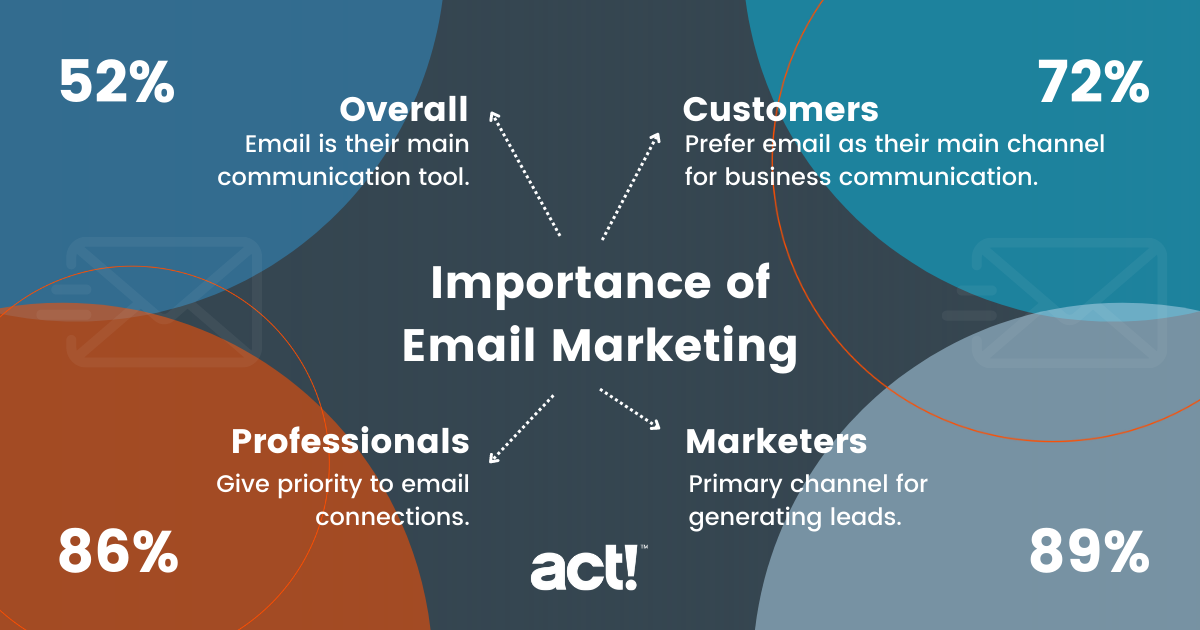
Credit: www.act.com
Frequently Asked Questions
What Is The Main Purpose Of Email Marketing?
The main purpose of email marketing is to promote products or services. It helps build relationships with customers, increase brand awareness, and drive sales.
What Are 5 Advantages To Using Email Marketing?
Email marketing is cost-effective. It allows targeted messaging. It provides measurable results. It enhances customer engagement. It offers high ROI.
Why Is Email Marketing Effective?
Email marketing is effective because it directly reaches your audience. It offers personalized content, builds customer relationships, and drives conversions.
Why Is E Marketing Important?
E marketing is important because it reaches a global audience, reduces costs, and offers targeted advertising. It also provides measurable results and enhances customer engagement.
Conclusion
Email marketing is a vital tool for modern businesses. It helps build strong relationships. Engages your audience effectively. Boosts sales and brand loyalty. Simple, targeted messages can make a big difference. It’s cost-effective and measurable. So, start using email marketing today.
Enhance your business success. Stay connected with your customers. Email marketing offers endless potential. Don’t miss out.

